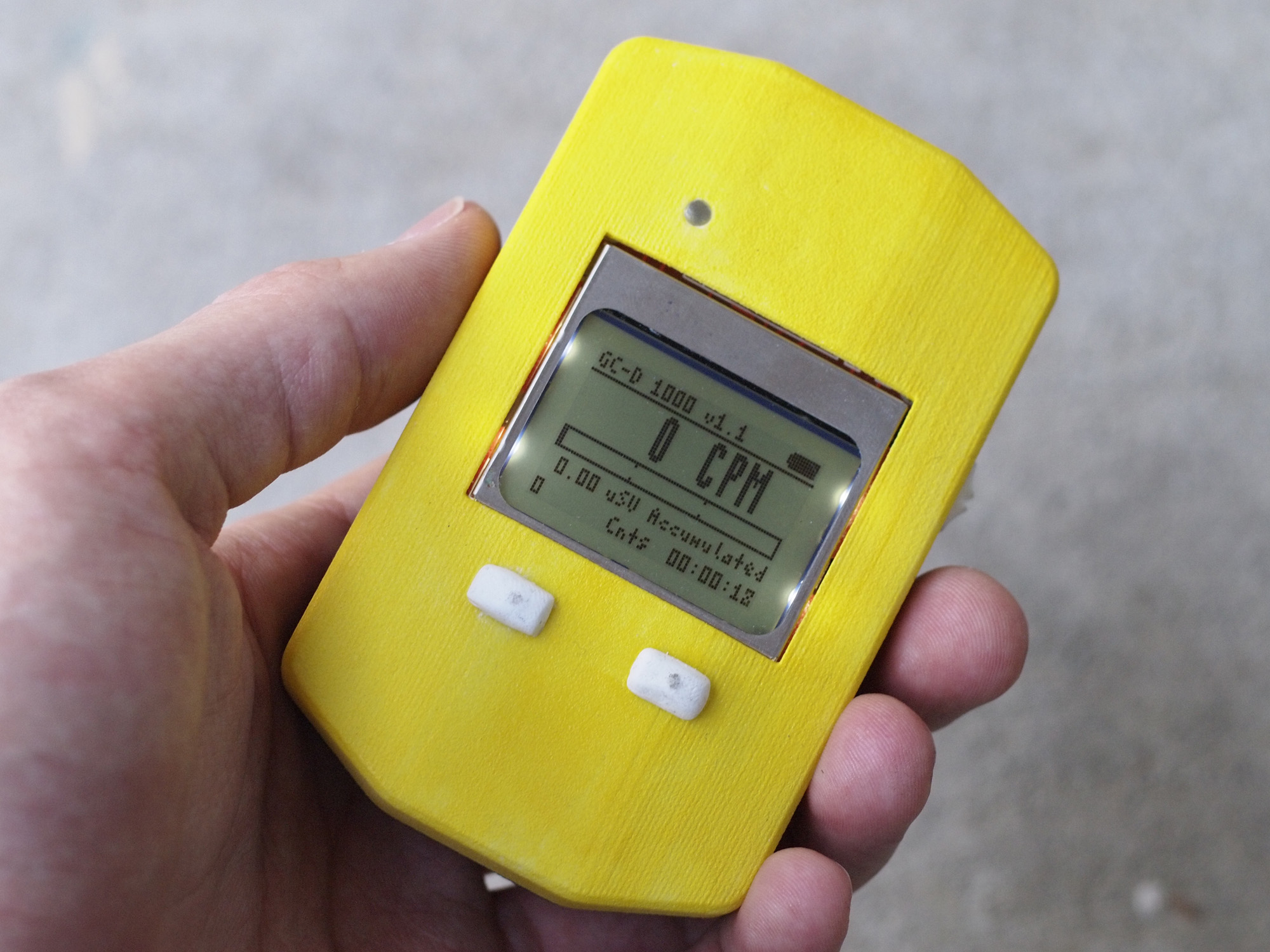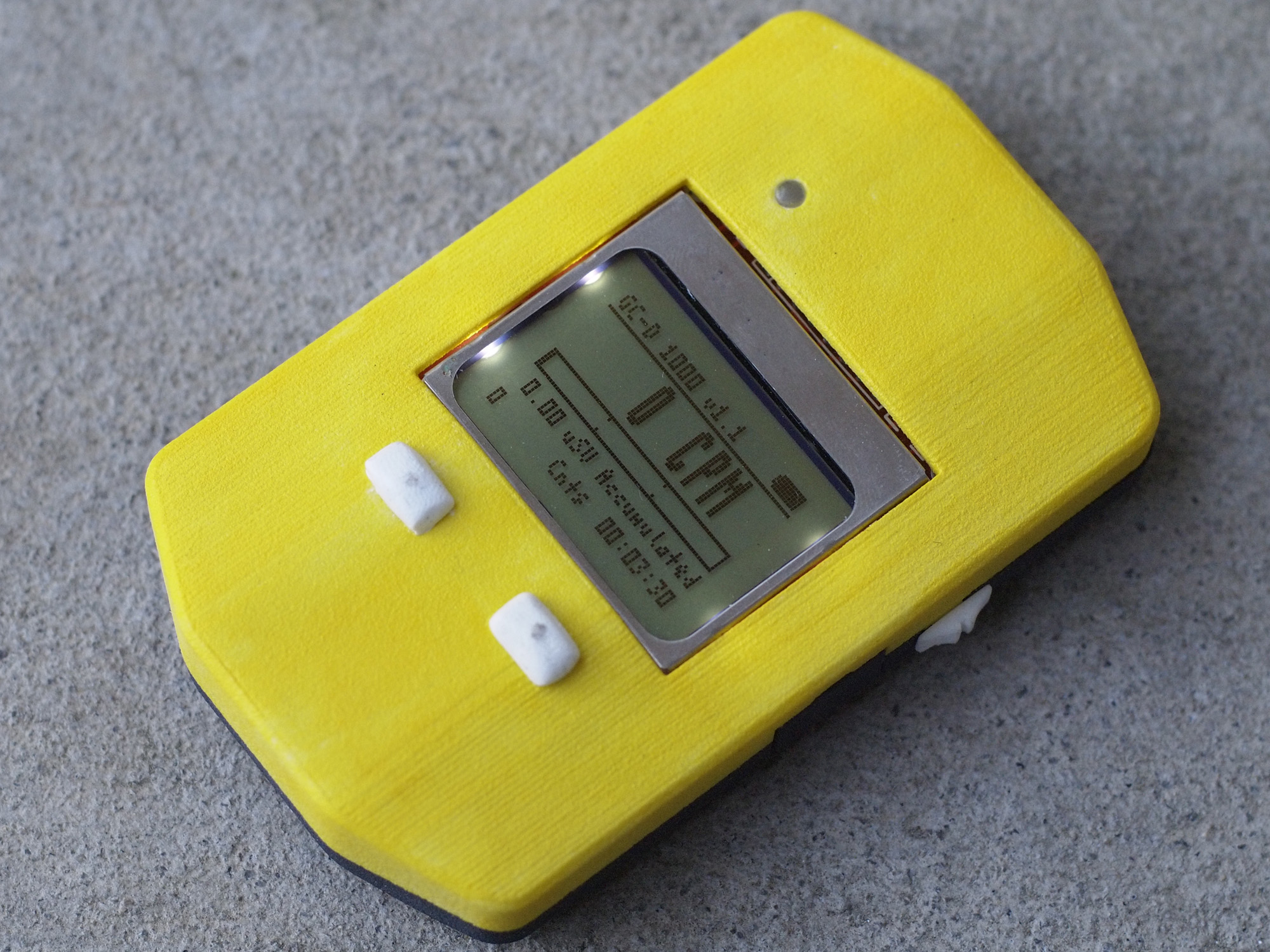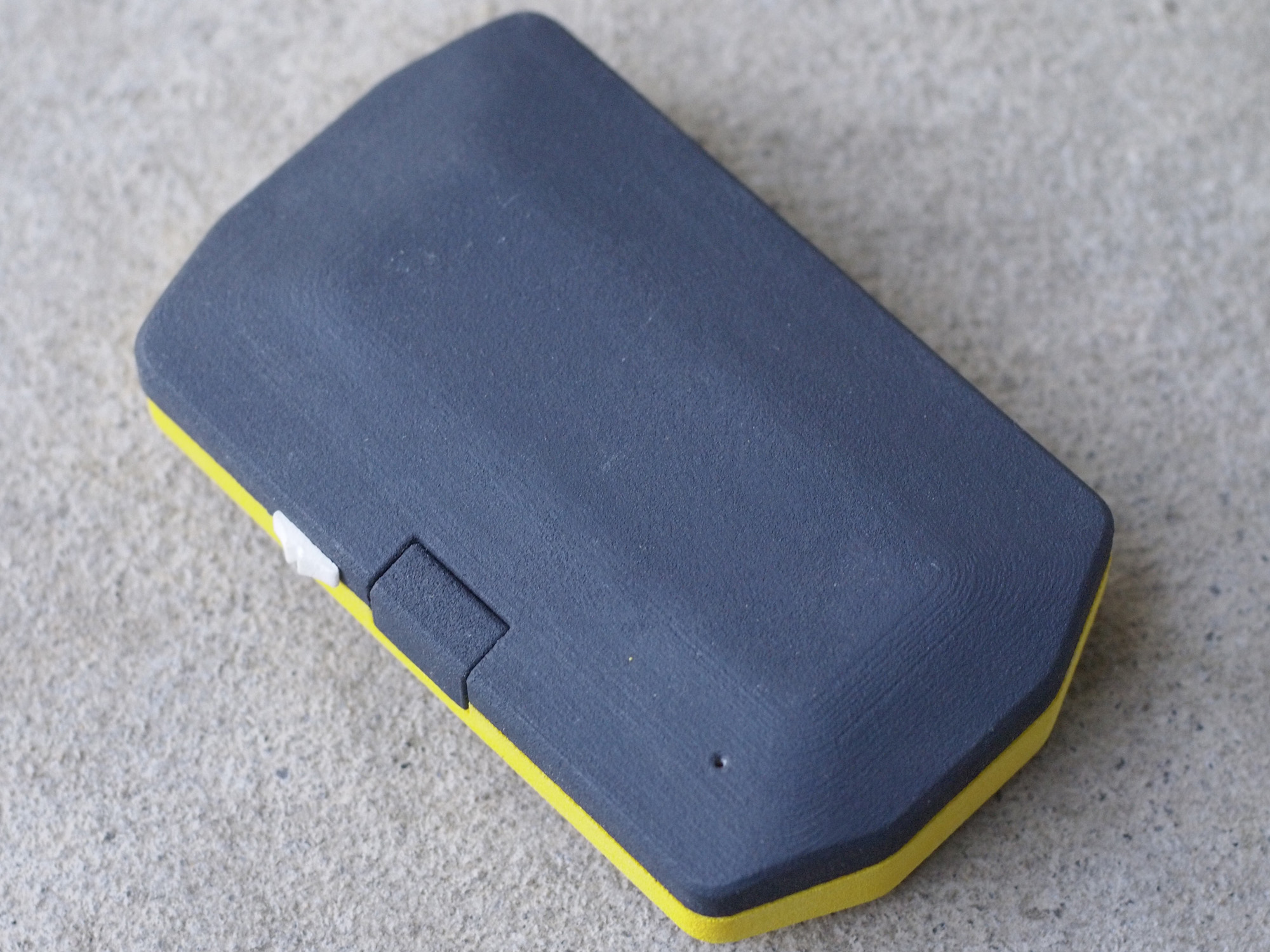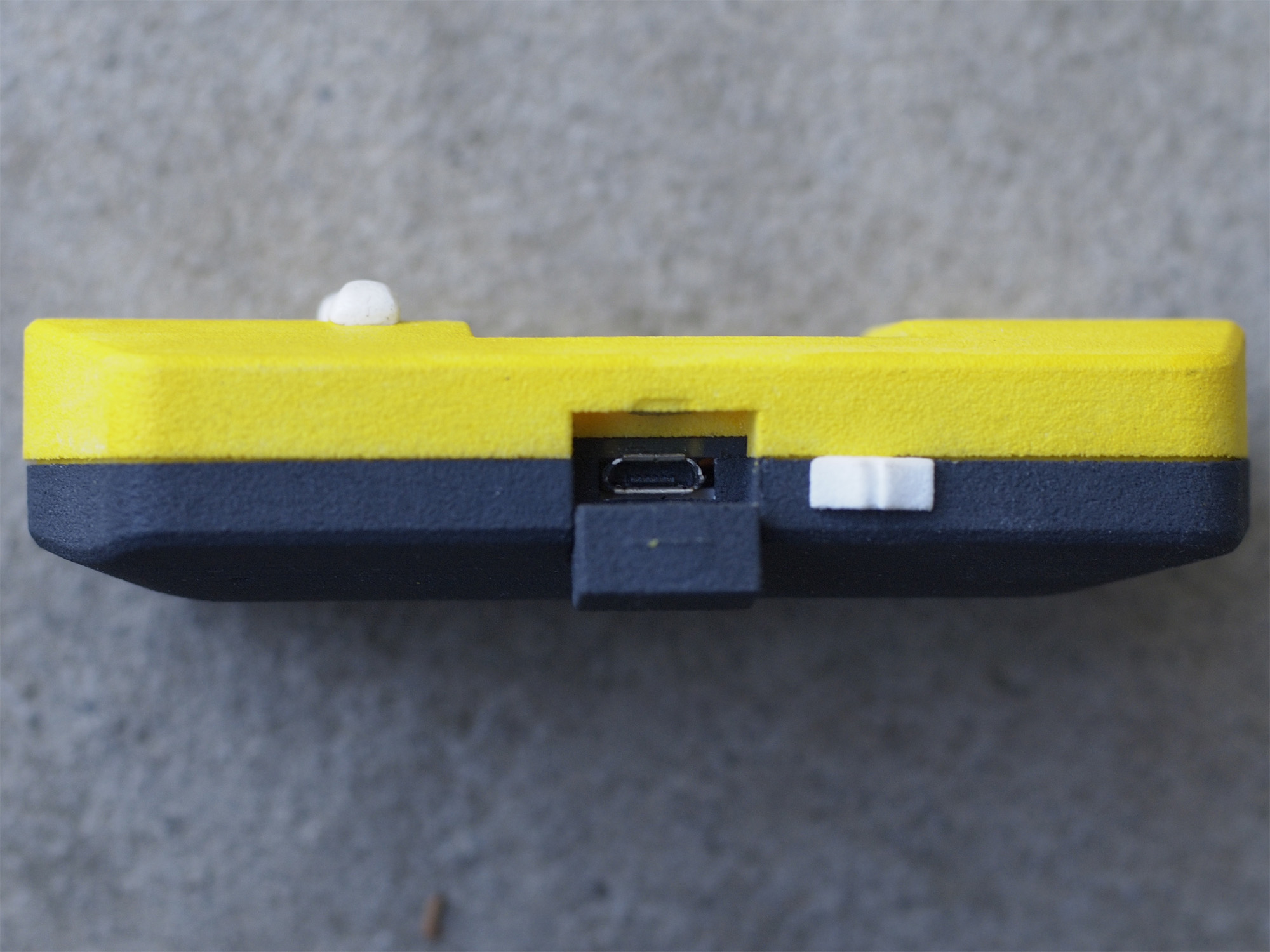NAS
This page documents the network attached storage solution for home use and backups.
List of Features
- ZFS file system
- 3x 14TB WD Ultrastar DC drives for main storage, in 3x mirror configuration
- 2x 1TB TimeTec NVMe SSDs (600TBW) for ARC/ZIL storage, in 2x mirror configuration
- Samba server for LAN access to storage
System Architecture
Dell Poweredge R610
As a learning platform for ZFS setup, a temporary server was set up using 6x Toshiba 500GB 2.5" 5400rpm hard drives on a Poweredge R610. Ubuntu desktop 22.04 from a DVD (using the built in slim DVD reader) was installed to a Samsung 128GB high entrance micro SD card on a Kingston MobileLite Plus USB micro SD card reader attached to the internal USB port. The installation was then converted to Ubuntu server using the following commands:
HPE DL360p G8
Hardware Revisions
Revision 1.0
This is the first revision of the NFS.
Configuration Files
Comparison to GC-D 100
The first change I wanted to make on the GC-D 100 was the battery. With my previous experience from the rev0Trac VTx, I decided to use a single-cell 1000mAH LiPo for the GC-D 1000. The primary constraint for the batteries for the GC-D 100 was the voltage needed for the step-up converter. By optimizing the boost converter design, both through simulation and breadboard prototyping, I was able to design a circuit that would operate down to the LiPo minimum of 3.0V (the boost converter can operate down to 2.6V in practice). This allowed the device to operate on a single cell, eliminating the challenges of balancing and charging a dual-cell LiPo. The voltage for the ATtiny10 microcontroller is still provided by a 5V synchronous boost converter, and is needed to operate the MOSFET efficiently (high enough voltage to operate in saturation).
The high voltage circuitry in the GC-D 100 was scattered throughout the PCB layout, a potential danger when operating the device without the case, and a potential danger to the low-voltage circuitry surrounding it. The GC-D 1000 was routed such that the high voltage circuitry is spatially isolated in the bottom section of the PCB, clearly marked by silkscreen. I chose not to optically isolate the two sections due to the low selection of high-speed opto-isolators and the packages they are available in. The boost converter is operated by an independent microcontroller, freeing up cycles and adding an extra layer of isolation to the application MCU. The Geiger tube output is fed through a Schmitt inverter to clean up the signal and also provide isolation from the Geiger tube.
Drawing again from my experience with the rev0Trac VTx, the GC-D 1000 uses a Nokia 5110 graphic LCD. In addition to giving more freedom with displaying information, it is thinner, cheaper, and much lower power than the 8x2 character LCD used in the GC-D 100.
This device was designed on a smaller timeline (~6 weeks) than the original and optimized for cost and manufacturability, thus some of the more exotic features, such as location logging are left out. This device nevertheless uses a more powerful microcontroller, programmable over USB, and has much greater potential for expansion.
Videos
<HTML5video type="youtube" width="400" height="300" autoplay="false">1SHY4jAfTcM</HTML5video> <HTML5video type="youtube" width="400" height="300" autoplay="false">nnFNTOPaNV0</HTML5video>
Photos
Total Project Cost
| Component | Cost | Source |
| WD Ultrastar 14TB (Mfg Refurb) | $129.99 | Serverpartdeals |
| WD Ultrastar 14TB (New Pull) | $169.99 | Disctech |
| WD Ultrastar 14TB (New) | $209.00 | Disctech |
| TimeTec 1TB NVMe (x2) | $99.98 | Amazon |
| HPE DL360p G8 Server | $179.14 | eBay |
| HPE 530FLR 10Gb Network adapter | $10.87 | eBay |
| DL360p 3.5" Drive Caddy (x2) | $10 | eBay |
| Intel Xeon E5-2667 V2 CPU (x2) | $30.44 | eBay |
| Total Price | $829.41 |



